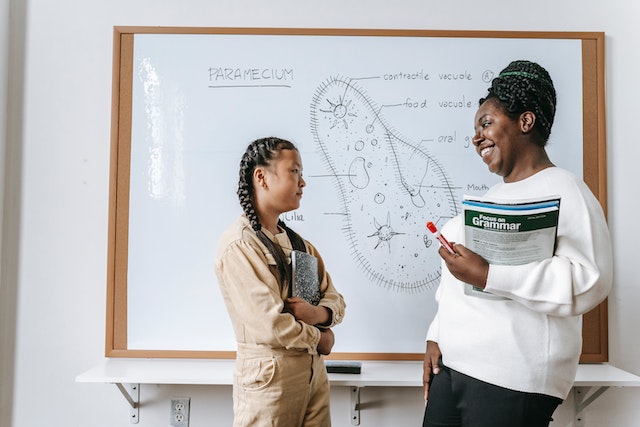MEANING
Of the important tenses in English Grammar is the Present Perfect tense, but some of the English speakers might have a difficult time. The Present Perfect Tense uses concepts and ideas which do not exist in those languages. When we compare, we see that the Present Perfect tense has a simple structure. There are a few differences in the use of the tense in British and American English.
In this concept, let us look at the structure along with the use of the Present Perfect Tense along with the use of the words ‘for’ and ‘since’ which will be followed by a short quiz to check your understanding.
STRUCTURE
The subject along with auxiliary verb and the main verb
- We combine the auxiliary verb such as ‘have, has’
- The main verb is not variable in the form of the past participle.
- For negative sentences, we put the word‘ not’ between the auxiliary verb and the main verbs.
- For the question sentence, we exchange the subject and the auxiliary verb.
EXAMPLES OF PRESENT PERFECT TENSE
| SUBJECT | AUXILIARY VERB | MAIN VERB | |||
| For positive sentence | I | have | been | To Europe. | |
| You | have | finished | The book. | ||
| For negative sentence | She | has | not | eaten | Her meal. |
| We | have | not | watched | The movie. | |
| For question sentence | Have | you | worked | well? | |
| Have | they | completed | it? |
How do we contract a word with the present perfect tense?
You must have seen or heard people using words like I’ve, You’ve, We’ve, etc. So what are these?
Do know that when we use the Present Perfect tense in speaking, generally, we combine the subject and the auxiliary verb, which can also be done in informal writing.
- I have – I’ve
- You have – You’ve
- She has – She’s
- They have – They’ve
- We have – We’ve
- Matt has – Matt’s
- It has – It’s
For example,
- I’ve read that novel before.
- We’ve heard that song.
For negative sentences, we combine the auxiliary verb along with the word ‘not’.
- I haven’t read that novel before.
- We haven’t heard that song before.
- He hasn’t heard from him.
Remember that there will always be a connection of the Present Perfect Tense with the past and the present.
TYPES OF PRESENT PERFECT TENSE
Present Perfect Tense for experience
In this case, the event will be done in the past but you will have a memory or an experience of it.
For example,
- I have seen a lion.
- We have eaten a chicken roll.
- I have been there.
Present Perfect Tense for a change
We use the Present Perfect for change in order when we talk about a change or something new.
For example,
- We have bought a bike.
- Has the price gone down?
- The murderer has murdered the person.
Present Perfect Tense for continuing situation
We use the Present Perfect Tense also to speak about a continuing situation.
For example,
- I have left that job since March.
- He has been irritated since yesterday.
- How long have you stayed here?
Note that we can use the word “for” with all types of tenses.
Quiz on Present Perfect Tense














